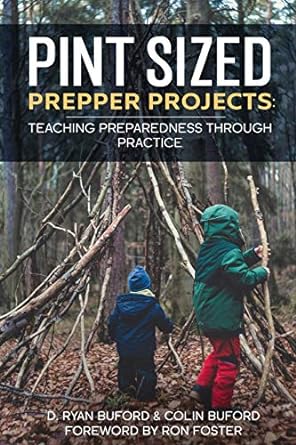How to: Forage for Spring Edibles 2: Featuring Garlic Mustard (Allaria petiolata)
Share
Video
05/11/2014
On this early Spring foraging walkabout I touch on the savory Garlic Mustard plant, as well as Creeping Charlie, and others wild edible, utilitarian, and medicinal plants. The wrinkled and lobed-toothed plant is great as a pot-herb, salads, stews, or raw in a pesto or pasta sauce.
The plants featured are:
Mullien (Verbascum thapsus)
Creeping Charlie (Glechoma hederecea)
Wild Ramps (Allium tricoccum )
Stining Nettle (Urtica dioic)
*Wild Ginger (Asarum canadense)
========================
*WARNING: The long rhizomes of A. canadense were used by Native Americans as a seasoning. It has similar aromatic properties to true ginger (Zingiber officinale), but SHOULD NOT be used as a substitute because it contains an unknown concentration of the carcinogen aristolochic acid and asarone.The distillate from the ground root is known as Canadian snakeroot oil. The odor and flavor are spicy. It has been used in many flavor preparations
FORAGING RULES:
1). Only harvest plants that you have 110% positively identified.
2). Only harvest from areas where you have permission to do so.
3). Only harvest from areas you know are not sprayed, contaminated, or polluted.
4).Only use your harvest after they have been well washed in water.
5). Only ingest small amounts at first; If you choose to do so it is AT YOUR OWN RISK! DO NOT use this short video as the source of truth...DO YOUR OWN RESEARCH and/or find
someone in your area who is knowledgeable and competent
#5 is especially important if you are new to wild foraging. Aside from the obvious dangers of thistles, poison ivy, poison oak, and deadly water hemlock...Many wild plants contain off the charts vitamins and minerals which might create a shock to your system...considering the nutrient count of your average domesticated vegetable foodstuffs.
Also and adendem to rule #1 is follow Green Deane's of EatTheWeeds I.T.E.M-ize Rules:
(I)dentify the plant beyond doubt....be sure it is the right
(T)ime of year. Check its
(E)nvironment. This involves two things. One is making sure it is growing in the right place. The other is making sure the plant is getting clean water and is not in polluted soil. And then...
(M)ethod of preparation.
SORRY - There are no steps for this How-To. Please check back later. Or drop me a line at
TheUrbanAbo@gmail.com to let me know you wanna see this one fleshed out.







